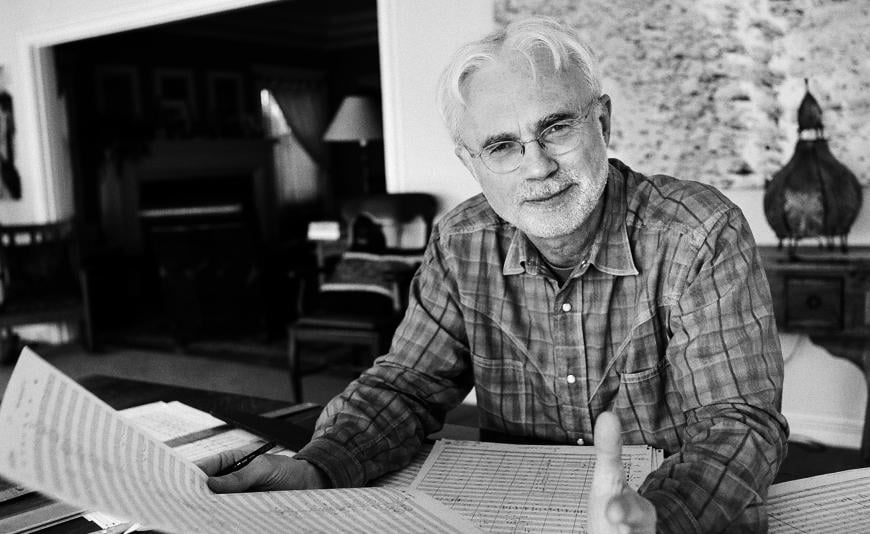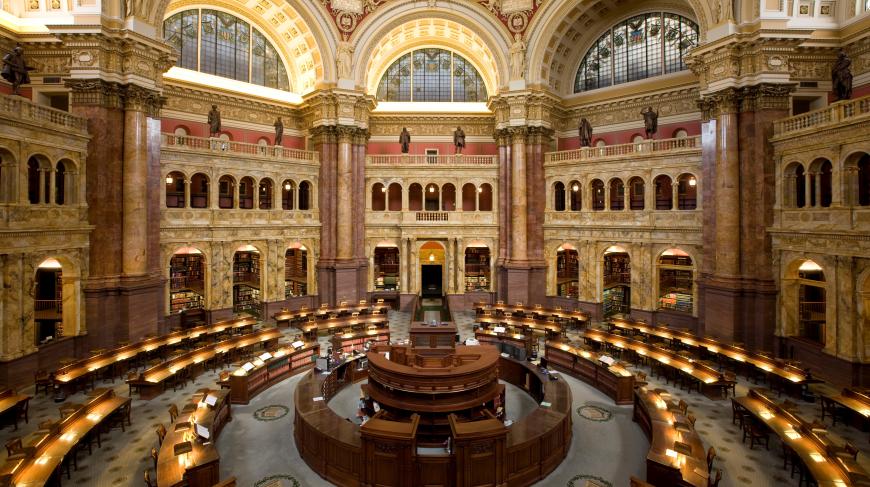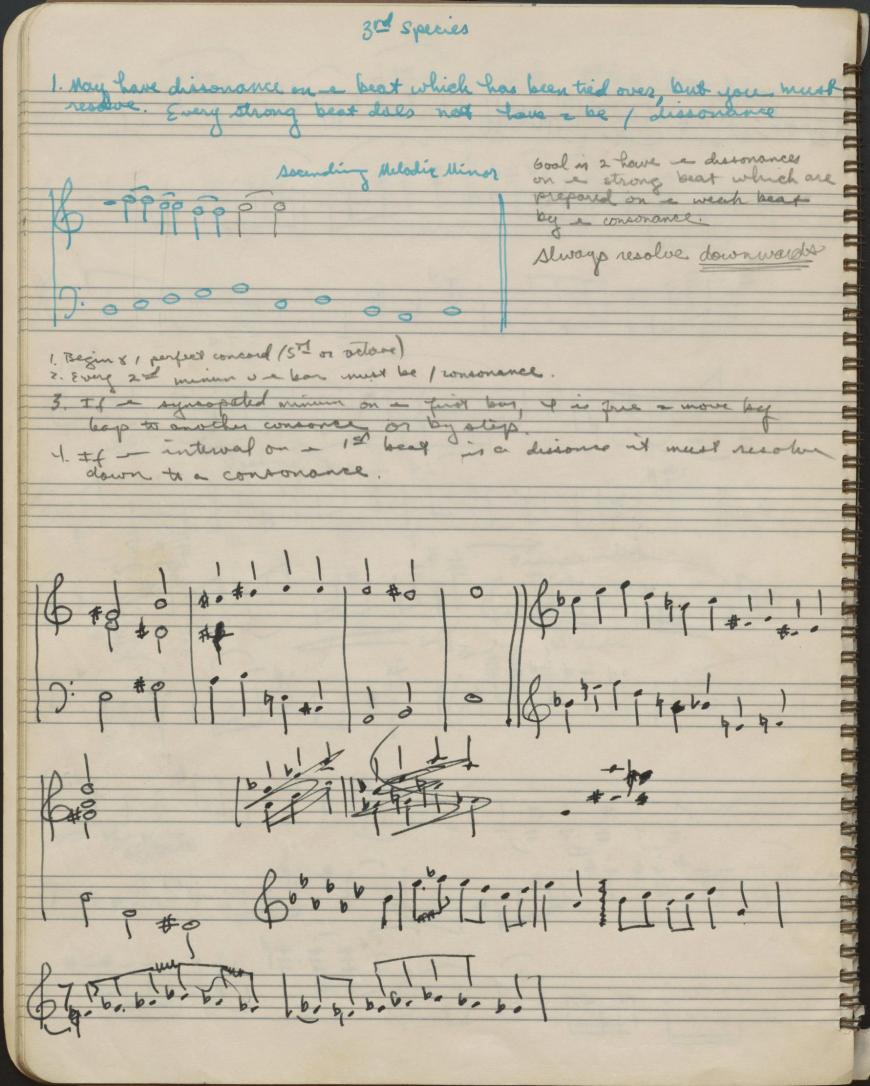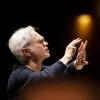
The Library of Congress has acquired the music manuscripts and papers of John Adams, identified in the press release as “contemporary American composer, conductor, and writer, known for works including the opera Nixon in China and concert pieces such as Shaker Loops and Harmonielehre.”
The New York Times last year, on Adams’s 75th birthday, called him “our greatest living composer.” Also in 2022, Nonesuch Records published Adams’s “collected works” in a 40-disc box set.
Librarian of Congress Carla Hayden commented on the acquisition: “The Library of Congress could scarcely conjure a contemporary music collection that carries with it as much recognition and consequence as the manuscripts and papers of John Adams. We are proud to count the collection of Adams’s materials among our prized music treasures.”
Among the vast treasures of the library’s music collection is the National Jukebox, which makes historical sound recordings available to the public free of charge. Some of the Adams collection may well become part of the library’s Notated Music Collection, the largest such collection in the world, with over 22 million items.

The Adams collection acquired by the library includes a variety of materials that tell the story of Adams’s creative life: handwritten music manuscripts and annotated music scores, business and personal correspondence, photographs, date books and diaries, journals, publishing and performing contracts, artwork, and files of news clippings and concert programs.
A school assignment from 1960, when Adams was 12 years old, resulted in a hand-illustrated essay on the history of nationalism in music, an effort that garnered appreciative comments from his teacher. A spiral notebook containing lessons on music theory from Adams’s youth transcribes important rules of composition.
The evolution of many works can be traced through voluminous music sketches written in pencil, such as the seven notebooks for Adams’s orchestral work Harmonielehre.
Boxes of materials for Adams’s operas demonstrate the many phases involved in the production of his large-scale stage works, from background research and early notes on plot and characters to music drafts and sketches to complete music manuscripts and annotated full scores used at the point of performance.

Letters and notes exchanged with frequent collaborators Peter Sellars and Alice Goodman show the inner workings of Adams’s complex theatrical compositions.
“The collection is not digitized and will be held in stacks where it will be retrieved for researcher use and future displays,” the library’s Leah Knobel told SF Classical Voice.
“To have my archives under the care and preservation of the Library of Congress is a great privilege,” said Adams. “Over the years, I have visited the Music Division, met their brilliant staff, and had the special chance to hold in my hands manuscripts by, among others, Brahms, [Arnold] Schoenberg, [Leonard] Bernstein, and Charlie Parker.
“As an American composer — especially with a name like mine — it seems only right that my own work should be with this great institution.”
Adams has collaborated with the library on numerous commissions over the past several decades, including Eros Piano (1984), from the Koussevitzky Music Foundation; Road Movies (1995), from the McKim Fund; and the Second Quartet (2014), from the Dina Koston and Roger Shapiro Fund for New Music.
In 2013, the library hosted a weeklong residency with Adams to develop programming that honored his artistic achievements and celebrated the library’s role in commissioning new music.
The papers of Adams will join those of other American giants in the performing arts, including Bernstein, Aaron Copland, George and Ira Gershwin, Martha Graham, Charles Mingus, and Neil Simon, maintained in the library’s Music Division.
The Library of Congress is the world’s largest library, offering access to the creative record of the United States — and extensive materials from around the world — both on-site and online.
It is the main research arm of the U.S. Congress and the home of the U.S. Copyright Office. To explore collections, reference services, and other programs and to plan a visit, go to loc.gov. To access the official site for U.S. federal legislative information, go to congress.gov. And to register creative works of authorship, go to copyright.gov.




